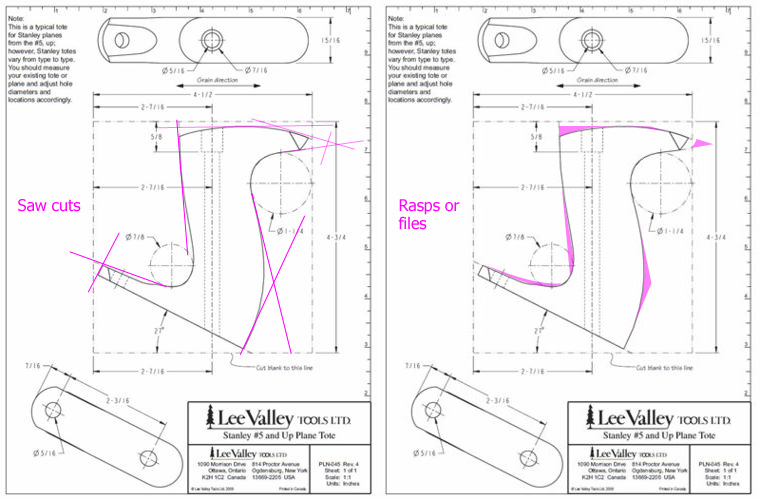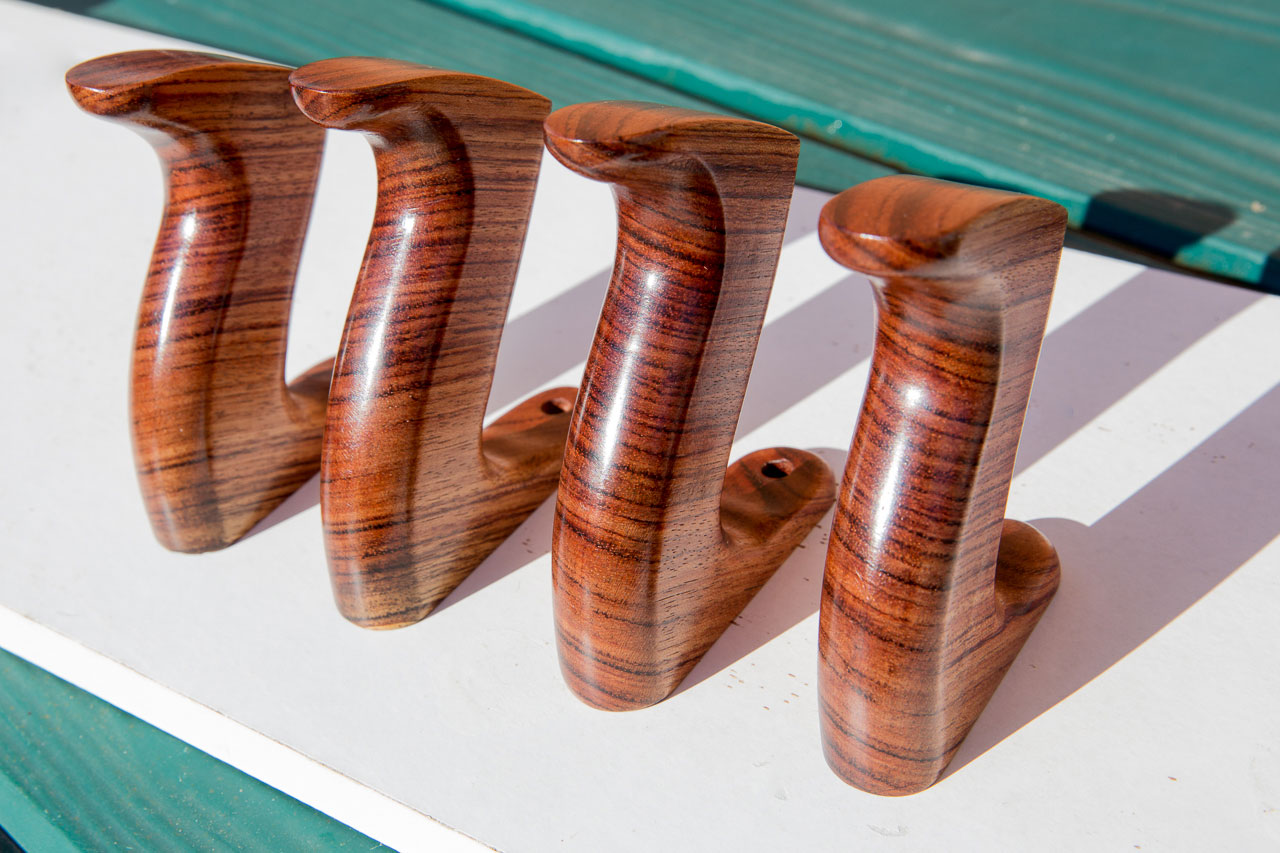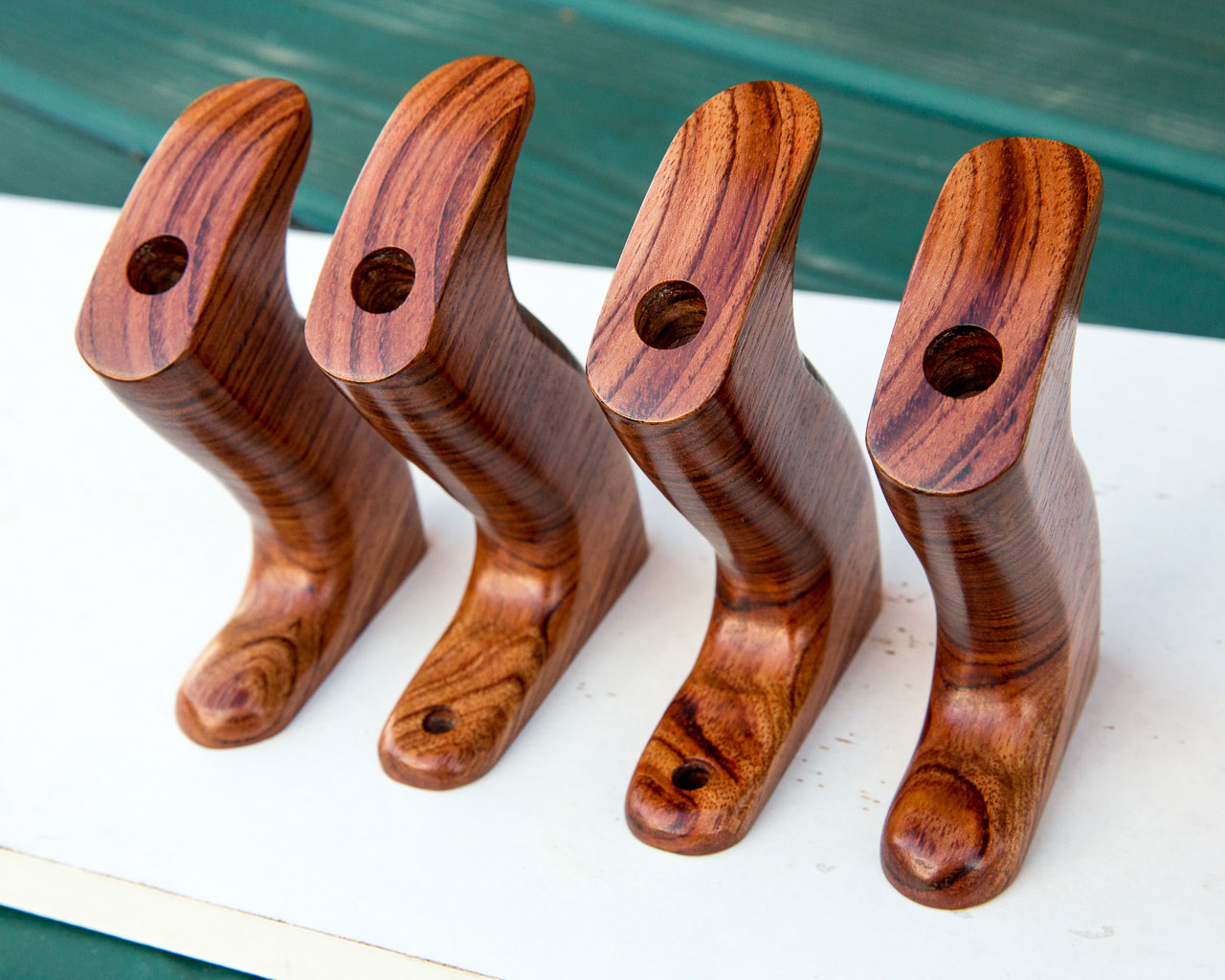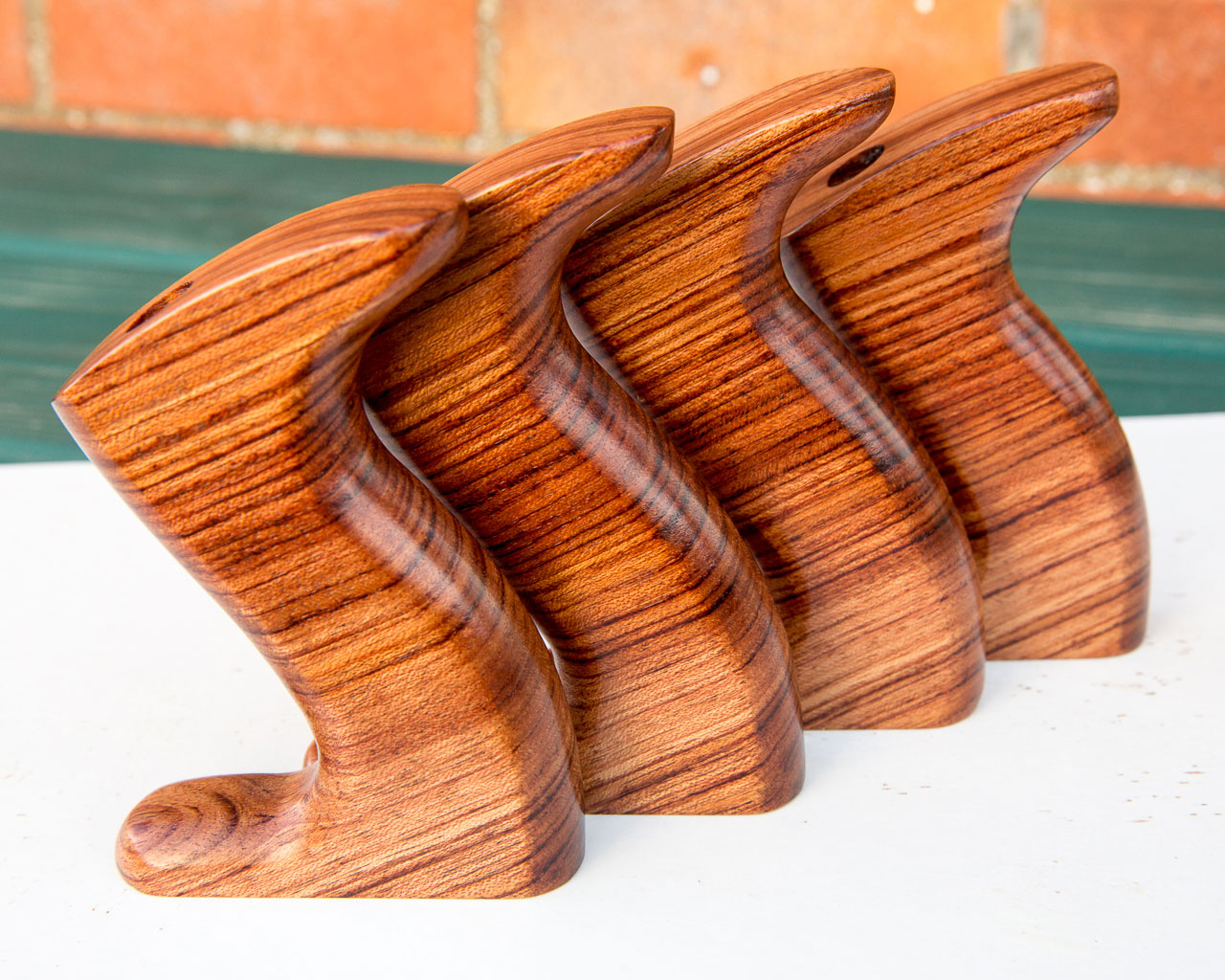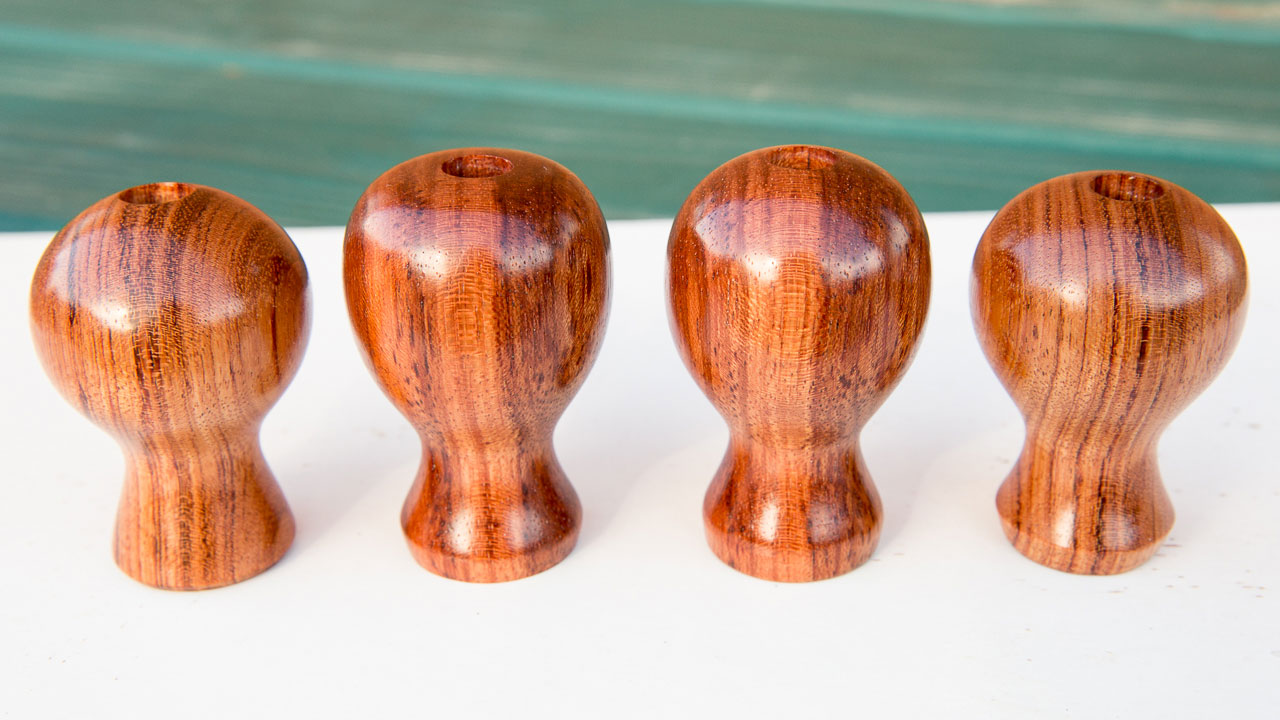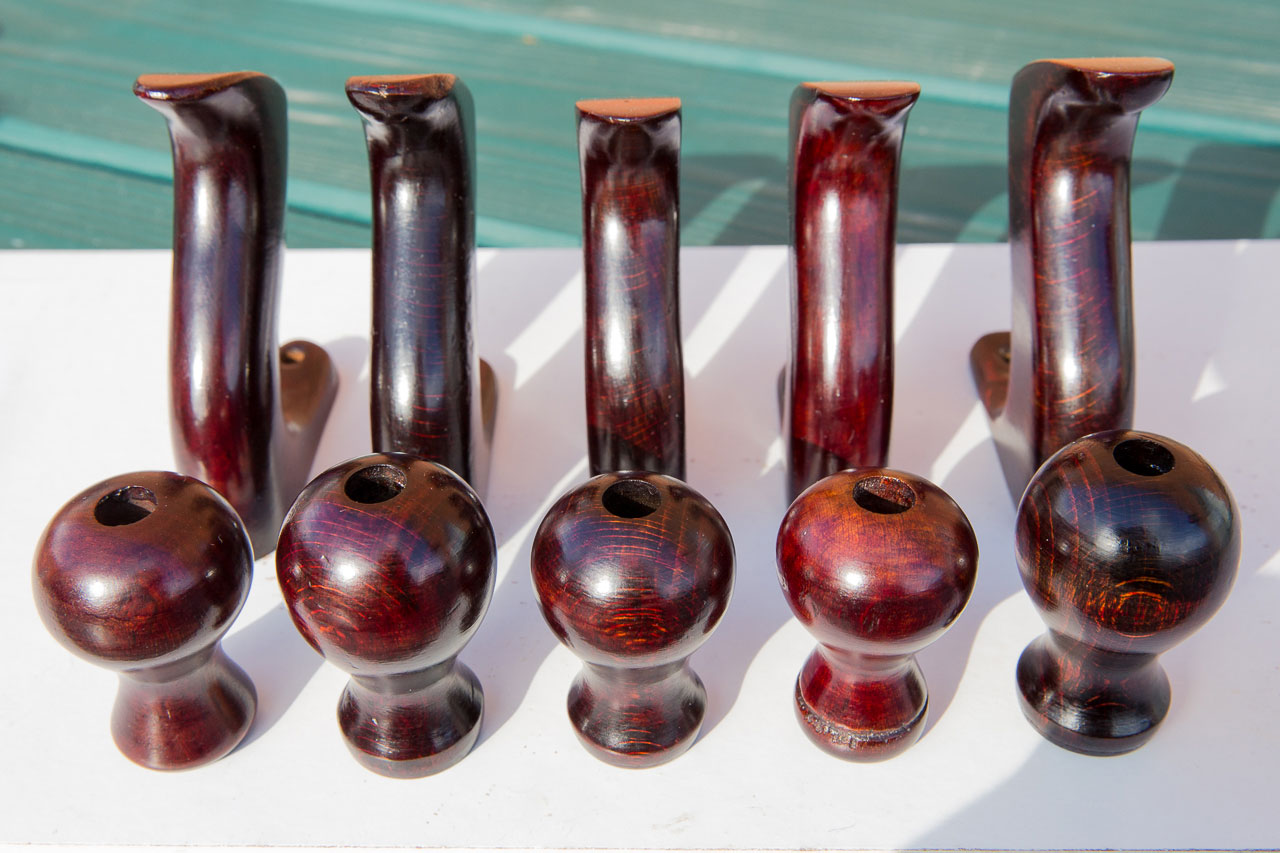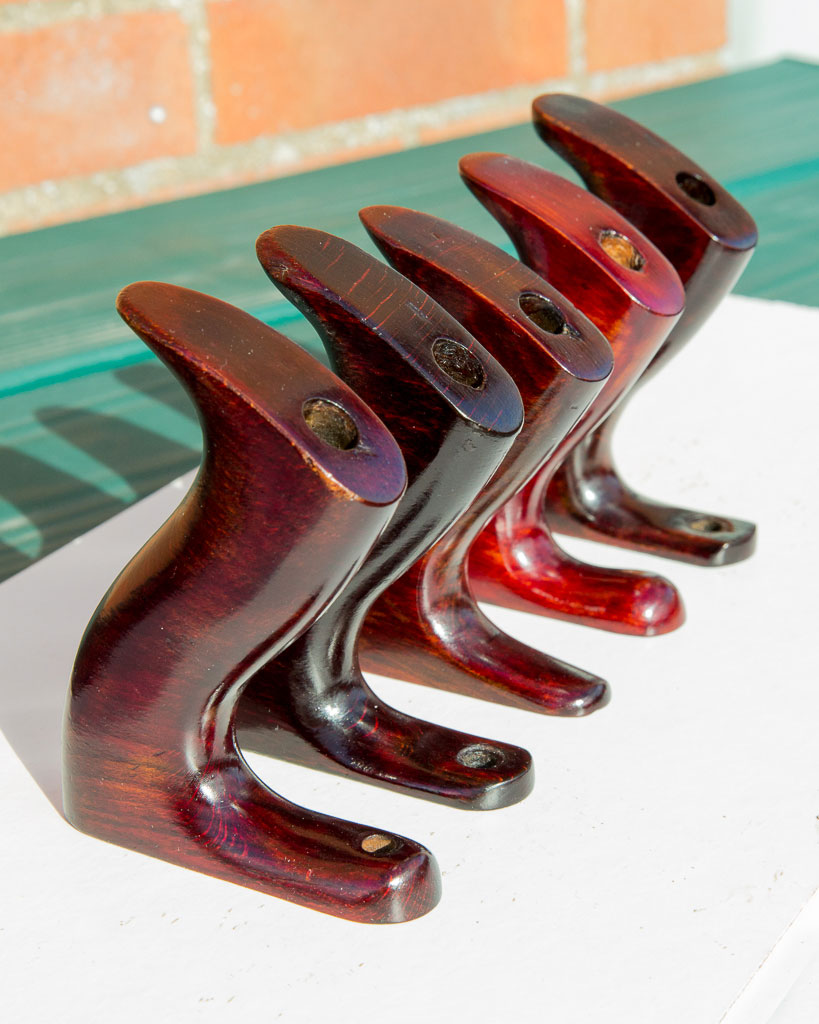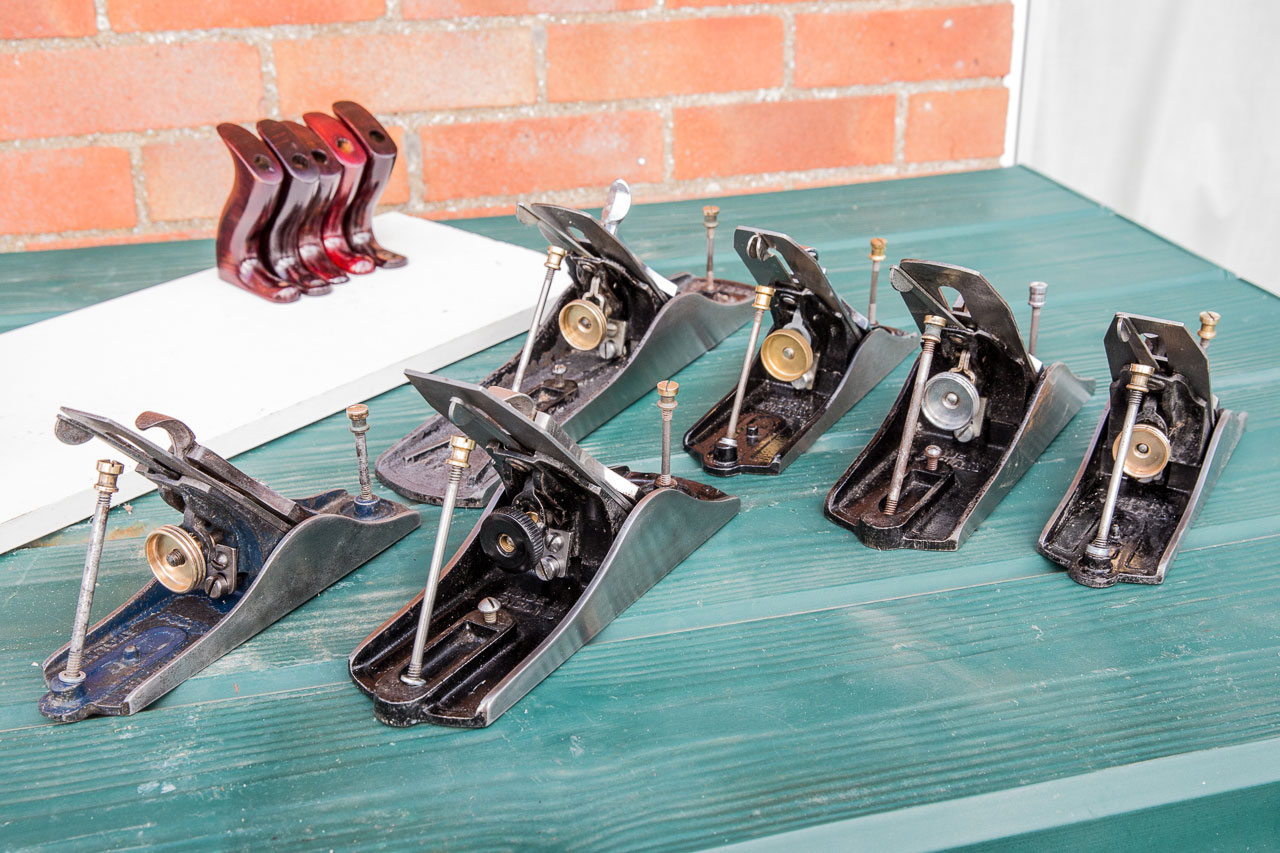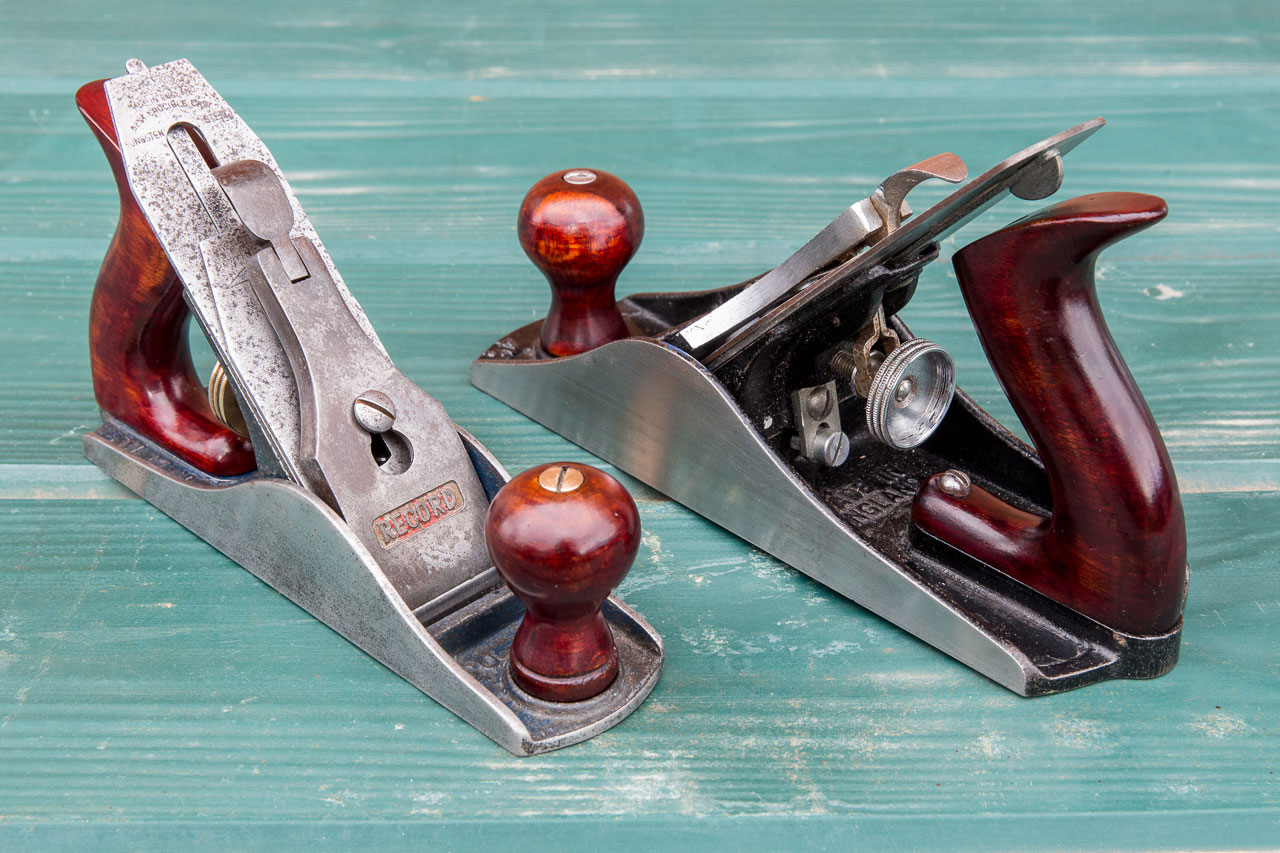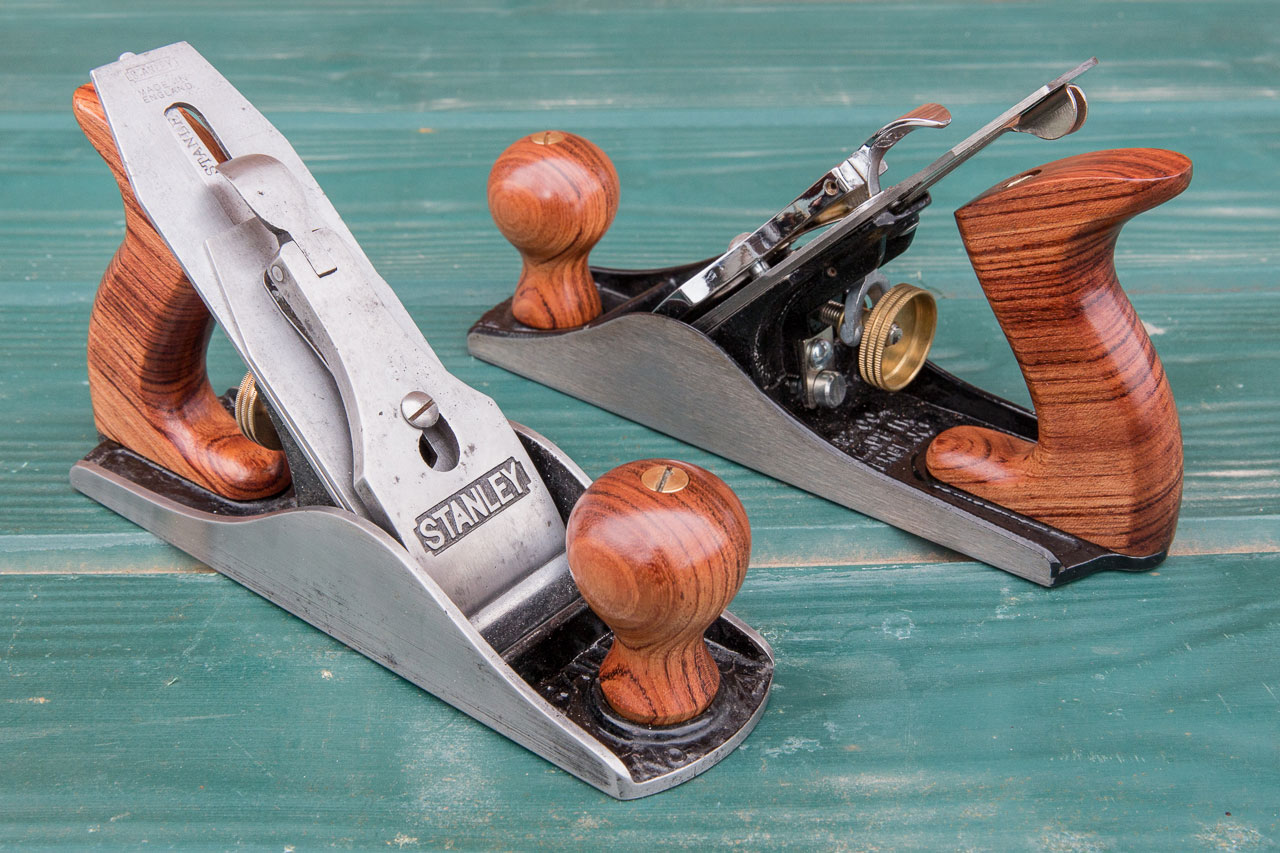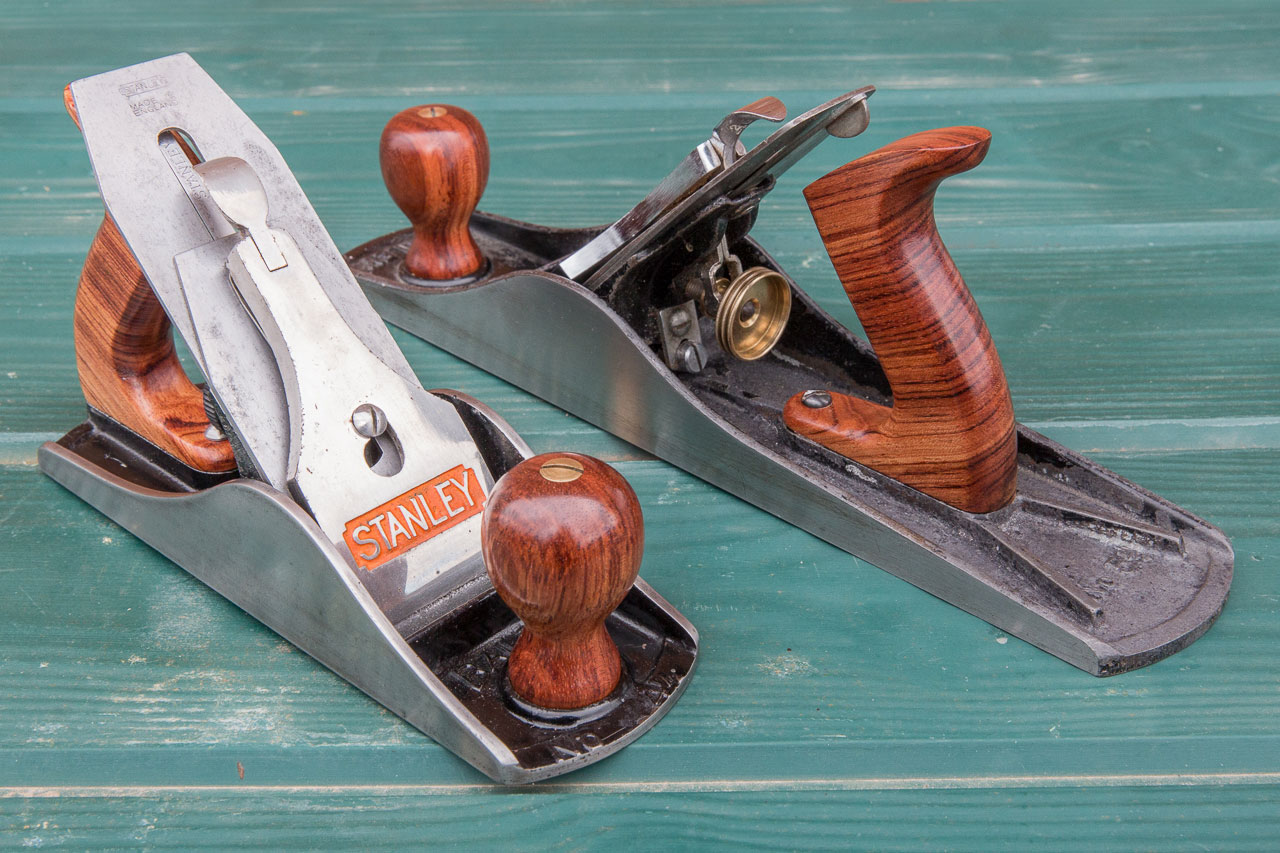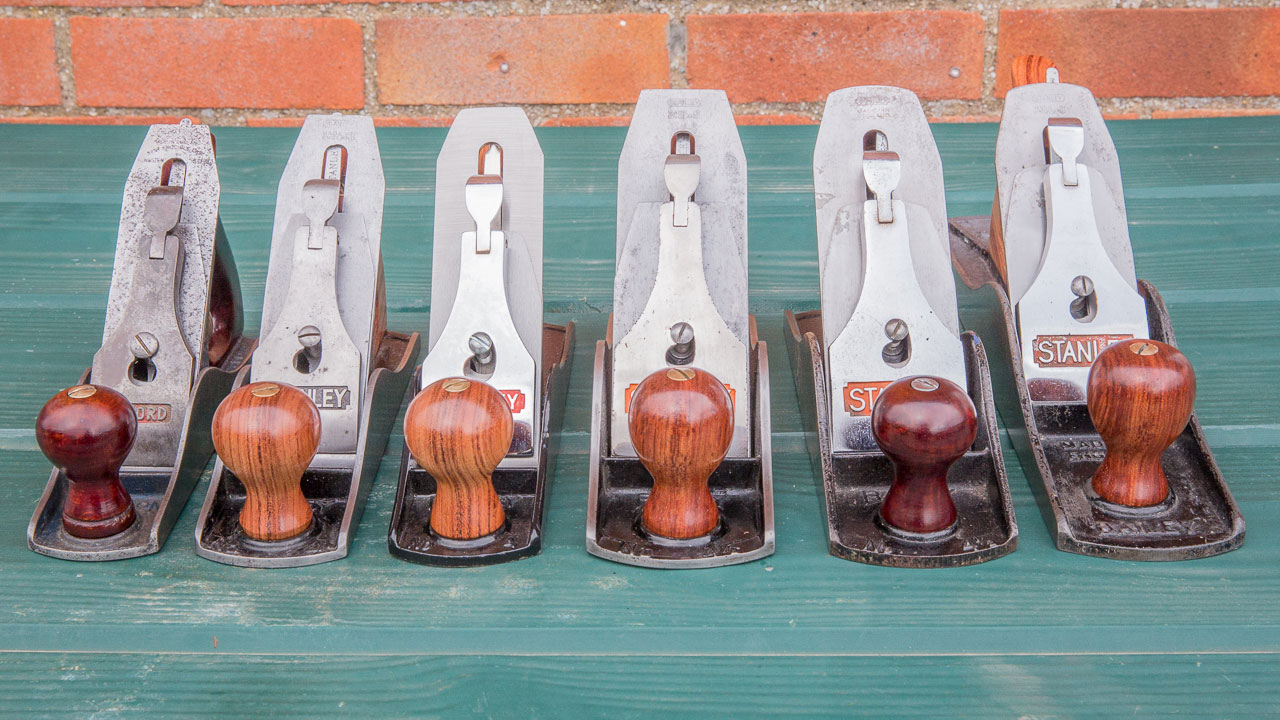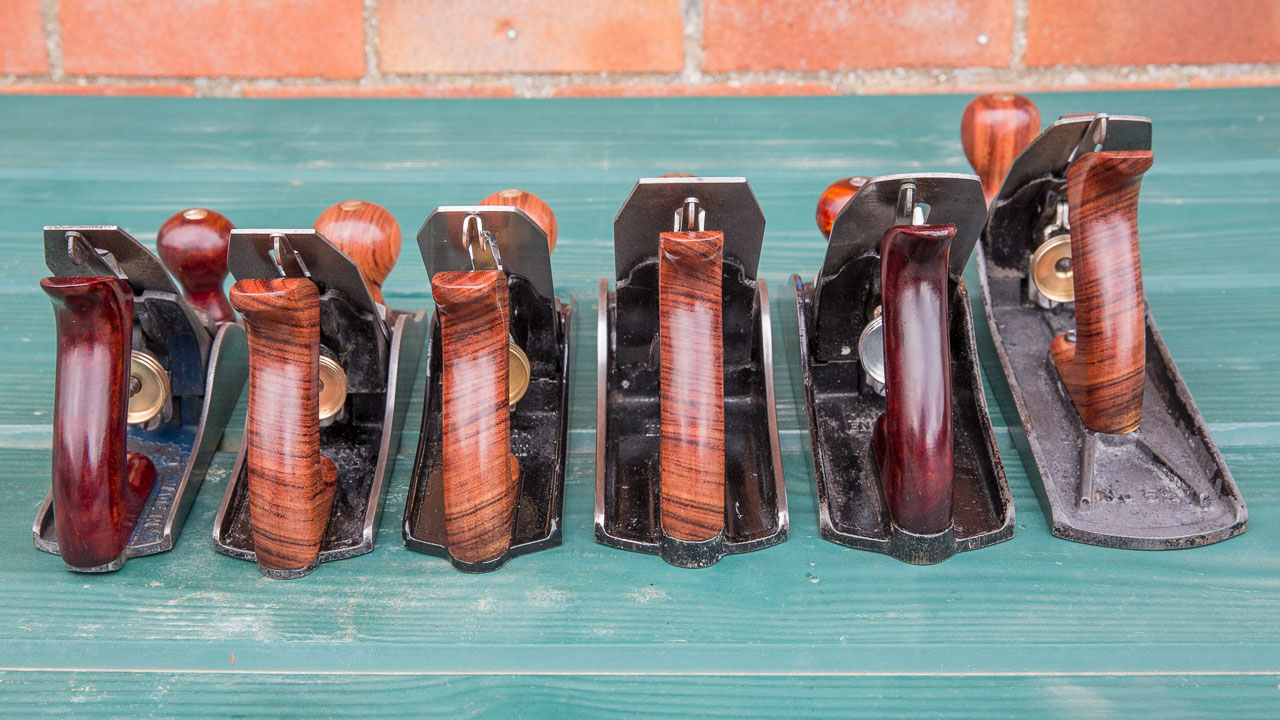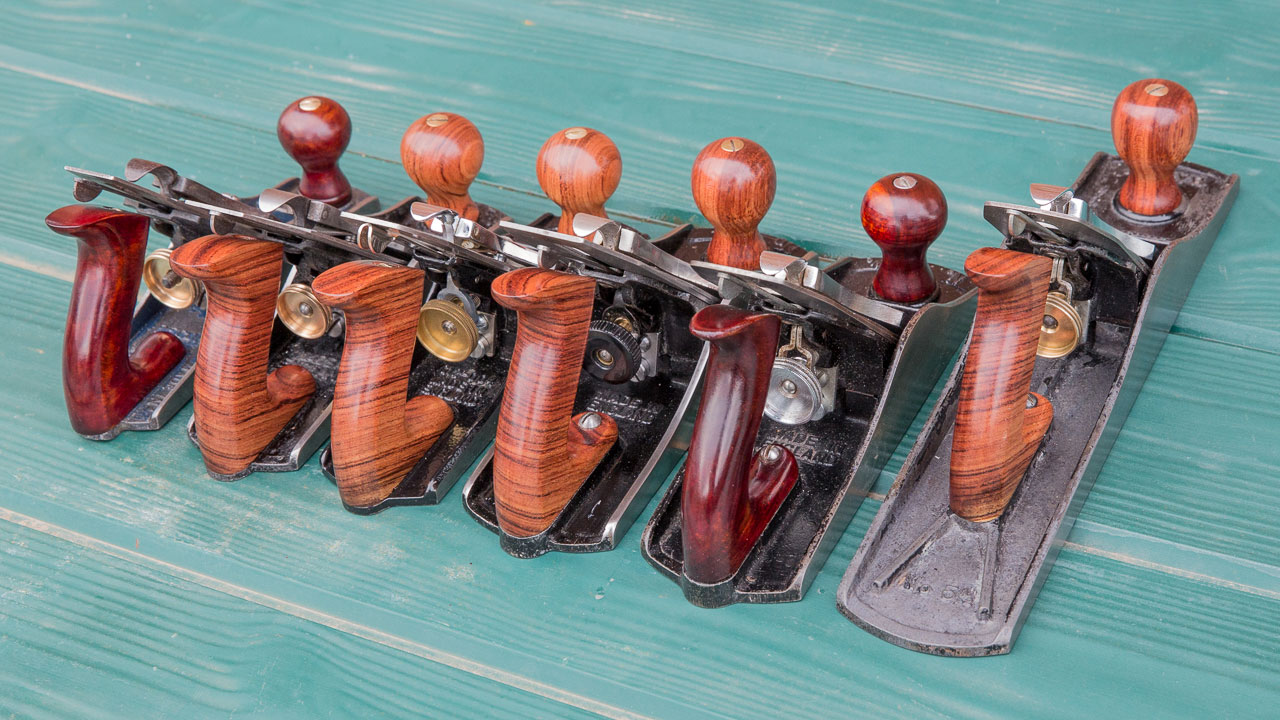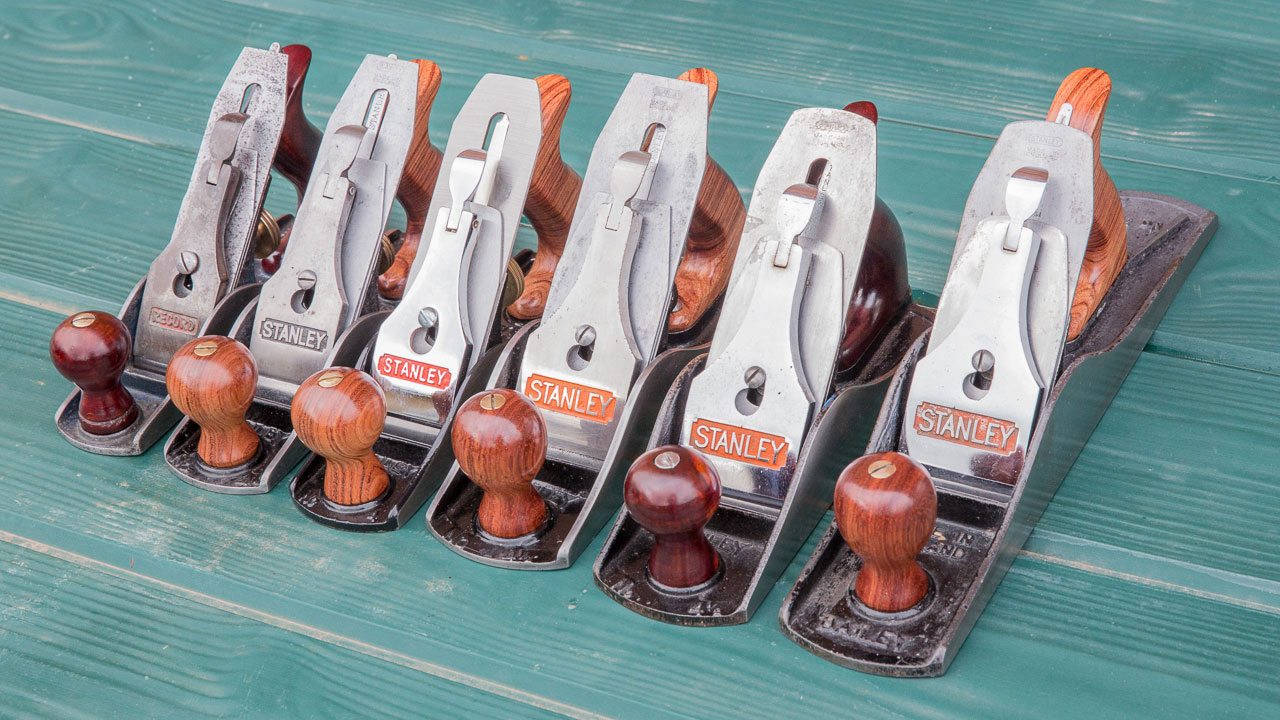tt - If you don't like the idea of a coping saw, (and it's not really a scary tool), use your bench drill, with Forstner bits to take out the main internal curves, then take out the rest of the waste on the outside curves, again with a smaller Forstner bit. As long as you can hold the workpiece down, I don't think you should have a problem. Don't go too close to your finished line, and remove the rest with a sharp chisel. Finish with a rasp, or, if you don't have one yet, at a pinch, a coarse metal file will do., then abrasives, sand paper or whatever.
The good part about all this is you can take it at your own pace, and take incremental cuts until you are satisfied. You will learn a lot about tool handling on the way.
The good part about all this is you can take it at your own pace, and take incremental cuts until you are satisfied. You will learn a lot about tool handling on the way.




